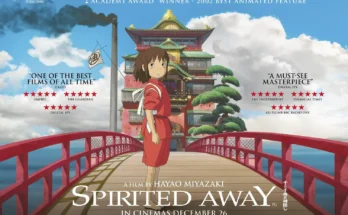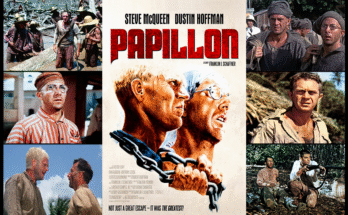The Blue Lagoon (1980), directed by Randal Kleiser, is a romantic survival drama that became a cultural phenomenon, thanks to its provocative premise and lush tropical setting. Based on the 1908 novel by Henry De Vere Stacpoole, the film tells the story of two young cousins, Emmeline (Brooke Shields) and Richard (Christopher Atkins), who are stranded on a deserted island in the South Pacific after a shipwreck. With no adult supervision, they grow up together, learning how to survive and eventually discovering love, sexuality, and the challenges of adulthood in isolation.

Visually, the film is a breathtaking showcase of natural beauty, with the pristine island environment serving as both paradise and prison. The cinematography by Néstor Almendros captures the innocence and sensuality of the protagonists’ journey with dreamlike softness, bathing each scene in golden sunlight and ocean blues. The island becomes a metaphor for the untouched world—free of social constraints but full of natural consequences.
However, The Blue Lagoon was met with mixed critical reception upon release. While some praised its romantic and adventurous spirit, others criticized it for its implausible script, underdeveloped dialogue, and its controversial portrayal of adolescent sexuality. Brooke Shields, only 14 at the time of filming, became a lightning rod for debate around the film’s nudity and coming-of-age themes, sparking widespread conversation about the ethics of child actors in provocative roles.

Despite the controversy, the film became a box office success and developed a cult following, particularly among audiences drawn to its combination of escapist fantasy and emotional discovery. The chemistry between Shields and Atkins, while occasionally stiff due to their inexperience, brings a certain charm to the story, reinforcing the idea of love blossoming in the most unexpected of places.
The Blue Lagoon remains a pop culture touchstone—a movie remembered as much for its iconic setting and scandalous reputation as for its place in the lineage of romantic survival stories. It’s a film that blends innocence with desire, nature with nurture, and questions the boundaries of love, maturity, and societal norms.
Where to Watch: Available on streaming platforms such as Prime Video and Apple TV.



